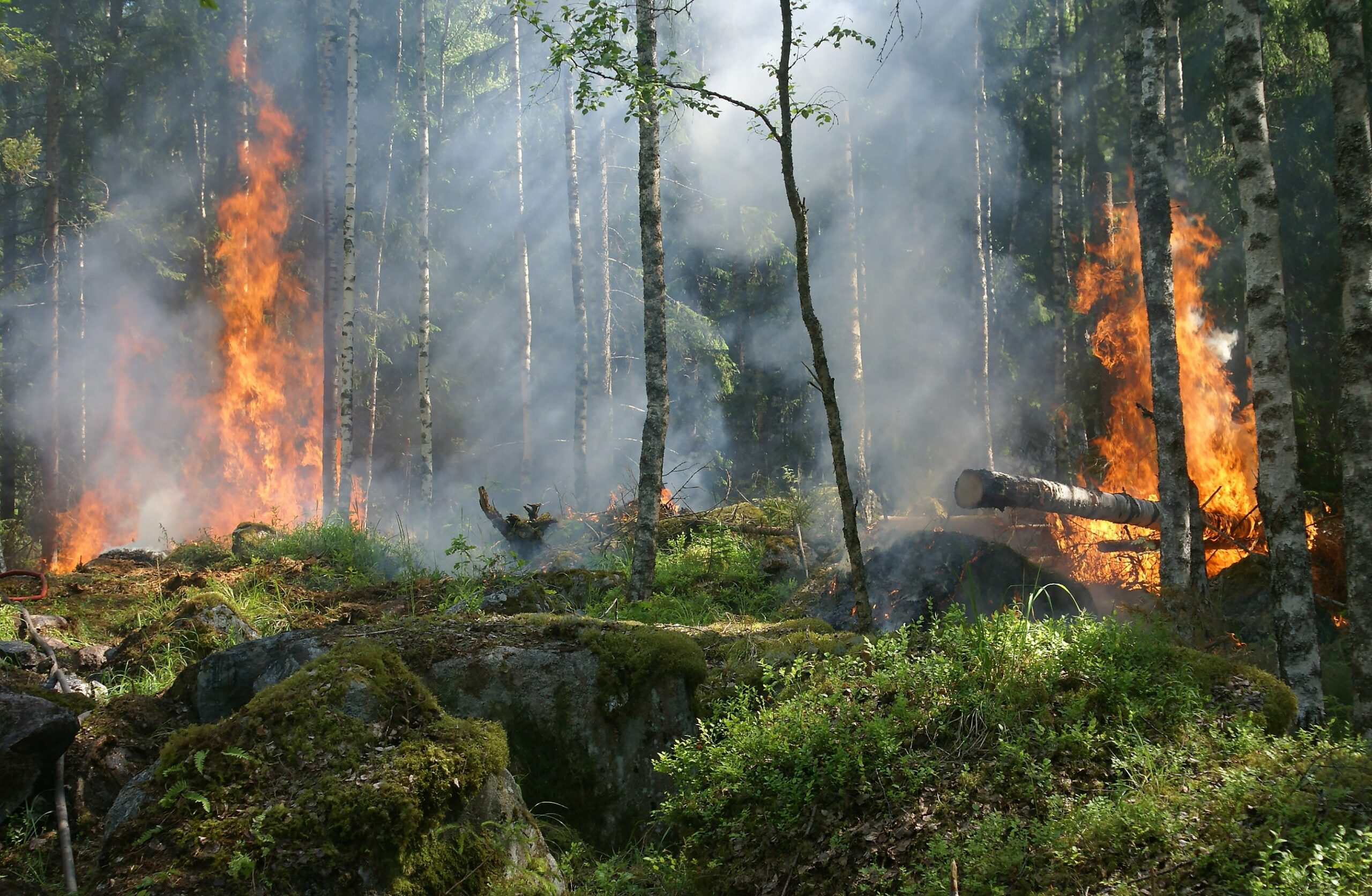By Nina Chatzistergiou,
Greece is a country covered with forest areas with a variety of sensitive ecosystems, which, in combination with climatic conditions, such as high temperatures and strong winds that prevail in the summer months, lead to the creation of a fiery environment.
Regarding the main causes of fires in Greek forests, there is a constant accumulation of wood, i.e. fuel, since with more “fuel”, the intensity of the fire is stronger, the control is lower and the damage is incalculable. In addition to that, the innumerable landfills, the garbage dumps that exist almost everywhere, and that with the “self-ignition” evolve into a real scourge, as well as the mobility of today’s man, which is significantly greater than in the past.
This year, the problem of fires was again the main topic of the news during the summer months.
It is characteristic that, according to the statistics so far, the fires in 2019 exceeded 8,000 — about 600 reached only in the first fortnight of August; they have more than doubled compared to last year. However, everyone agrees on the causes of the increase in fires in recent years and focuses on changes in land use, which result in increased fuel concentration and correspondingly increased the risk of fire, as well as climate change, which contributes to increasing in global average temperature.
Forest fires in our country are not so normal phenomena, since the vast majority of them are of man-made origin. Lastly, we also include climate change as the main cause, although the change in socio-economic conditions that have taken place abruptly in recent decades in the Greek countryside bears the greatest responsibility.

The view of some that reforestation is the destruction of natural ecosystems is not correct. In the field of forestry, there is the fundamental axiom: “Imitate nature, accelerate its work”. If applied properly, analyzing each ecosystem and treating it differently, based on its biodiversity, ecological stability, and societally demanding multifunctionality, then reforestation can also be a useful tool.
Essentially, that is, the changing conditions that characterize the Mediterranean climate cause the vegetation to dry out, making it highly flammable throughout the summer. Due to the repeated action of fire, in the course of their evolution, the plant species of the Mediterranean ecosystems have developed some kind of “antibodies”, ensuring their timeless presence with two basic mechanisms of response: either by the vegetative regeneration of the same burnt person or by the installation of young men after sperm germination.
With the reforestation of an area, we do not finish but we start an important and long-term project. Also, reforestation with artificial forests is characterized by a relatively early age but they are also regenerated, like natural forests, by implementing the appropriate forestry measures in the context of the “active method of forest regeneration”. After all, the regeneration of a forest is not the purpose itself but the means of its renewal.
Statistics show that most forest fires are caused by human activity. Therefore, as highlighted in the E.U report, unsustainable forest management practices, ecosystem degradation, abandonment of the region, desertification of fields, urbanization, and the planting of highly flammable forest species facilitate fires and favor their spread.
Therefore, prevention is crucial for tackling forest fires. Appropriate forest management and land-use practices can reduce the risk of fire and improve forest resilience.




